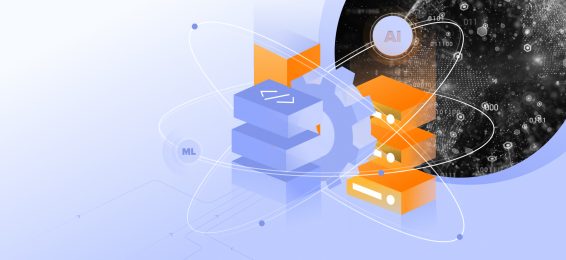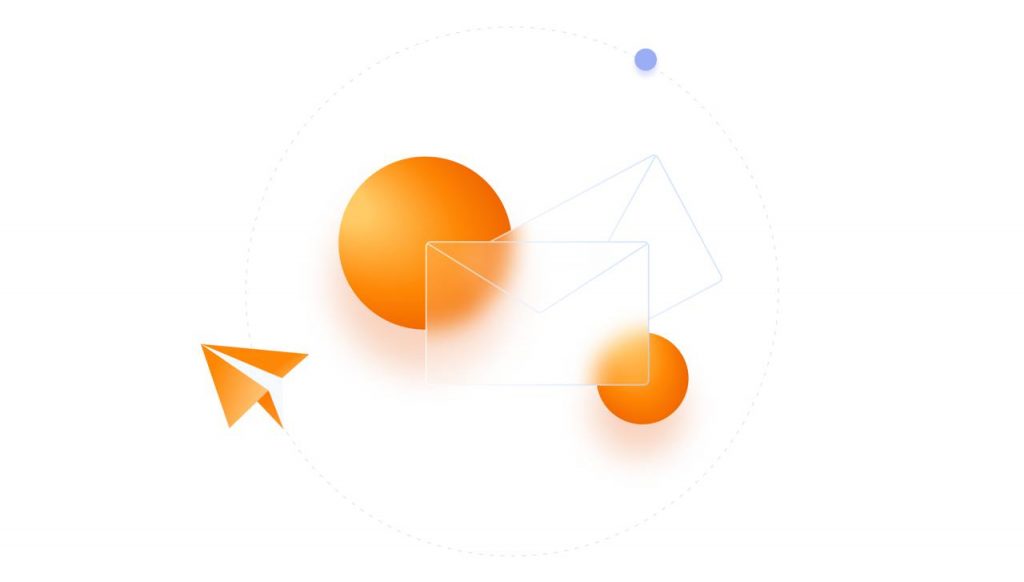What is the difference between real-time data processing and real-time analytics?
Real-time data processing focuses on the immediate execution of data as it arrives. Real-time data analytics tools, however, interpret the processed data to provide actionable insights. For instance, while data processing might involve ingesting sensor readings, real-time data analytics architecture would detect anomalies or trends from those readings to inform decision-making.
How do real-time data processing and real-time analytics architectures differ?
Real-time data processing architecture typically includes data ingestion layers, stream processing engines (e.g., Apache Kafka), and low-latency storage. Real-time data analytics architecture incorporates these elements but also includes tools like dashboards, machine learning models, and APIs that deliver insights to users. While the former emphasizes speed and reliability in handling data streams, the latter prioritizes turning processed data into consumable insights.
Key Differences
[wptb id=8092]
What are the two types of real-time processing?
- Stream processing: Continuously processes data as it arrives. This type is ideal for monitoring, alerts, and dynamic pricing.
- Event-driven processing: Processes data only when specific events trigger actions, making it suitable for workflows like fraud detection or user notifications.
What are the 3 types of data processing, and how does real-time processing compare to batch processing?
The four types of data processing include:
- Batch processing: Processes data in groups at scheduled intervals.
- Real-time processing: Handles data instantly as it is generated.
- Distributed processing: Breaks tasks into smaller parts for parallel execution.
Real-time processing vs batch processing: Real-time processing outshines batch processing in scenarios requiring instant feedback, such as live tracking or fraud prevention. Batch processing is better suited for periodic, high-volume tasks, like generating monthly reports.
What is a real-time data pipeline?
A real-time data pipeline is a system that transports and processes data immediately after it is created. Core components include:
- Data ingestion tools: Collect raw data from sources (e.g., IoT devices, APIs).
- Stream processing frameworks: Process data on-the-fly (e.g., Apache Flink).
- Data storage solutions: Store processed data for downstream analytics (e.g., NoSQL databases).
These pipelines ensure that applications can react to real-time data collection and events without delay.
How do real-time data warehouses differ from real-time customer data platforms?
A real-time data warehouse integrates large-scale datasets for fast querying and reporting, supporting complex analyses across multiple business functions. Examples include Amazon Redshift and Google BigQuery.
A real-time customer data platform (CDP) specializes in aggregating and activating user data for personalized marketing and customer engagement. Examples include Segment and Amplitude. While warehouses emphasize analytical depth, CDPs focus on targeted, actionable insights about individual users.
What are some examples of real-time data visualization tools?
Real-time data visualization tools translate streaming data into intuitive graphs and dashboards for quick decision-making. Popular tools include:
- Tableau: Offers real-time data visualization capabilities.
- Power BI: Provides live reports and interactive visuals.
- Grafana: Focused on monitoring systems with live metrics.
These tools help users spot trends, anomalies, and correlations as data flows in.



